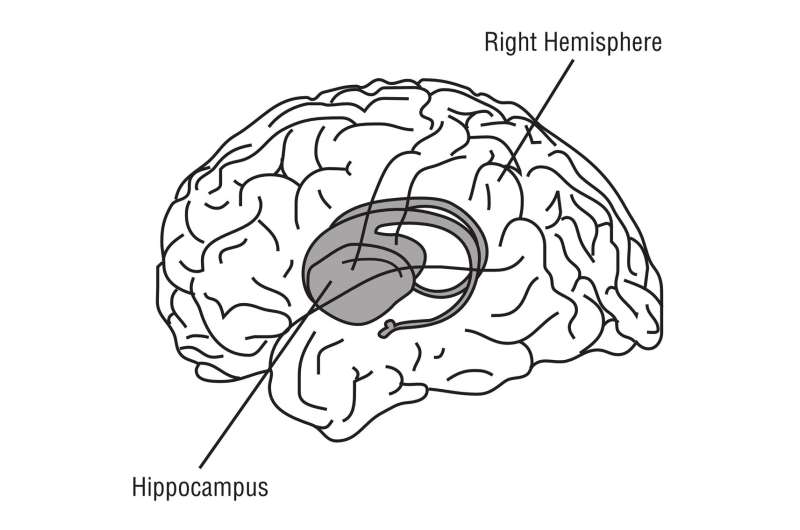Addressing Transportation Challenges in Hawai'i's Rural Healthcare System with Policy Solutions

Hawaiʻi’s rural communities face significant transportation barriers impacting healthcare access. A new report proposes policy solutions including expanding ambulance fleets, improving interisland flights, and supporting community clinics to enhance health equity across the islands.
A recent report by the University of Hawaiʻi Rural Health Research and Policy Center highlights significant transportation barriers affecting healthcare access in Hawaiʻi's rural communities. These obstacles include lengthy ambulance response times, unreliable and costly non-emergency transportation, and inadequate insurance coverage for travel-related health expenses. The report emphasizes that approximately 30% of Hawaiʻi’s population resides in rural areas across six islands, yet most specialized medical services are concentrated on Oʻahu. Residents of neighbor islands like Molokaʻi and Lānaʻi frequently experience flight delays or cancellations, leading to missed appointments or prolonged waits for rescheduling, which can endanger health outcomes.
The challenges are particularly acute for maternal-fetal health services, where some pregnant patients must relocate to Oʻahu for prenatal care or face emergency medevac procedures. Insurance gaps, especially for those not qualifying for Medicaid, compound financial burdens, as costs for travel, lodging, and food add up significantly.
John Desfor, a policy and data analyst at UH RHRPC, stressed the need for coordinated efforts across healthcare, transportation, and policymaking sectors to improve access. The report proposes several policy strategies, including expanding emergency ambulance fleets, supporting community paramedicine and mobile clinics, mandating transportation coverage in insurance plans, and establishing grants for housing maternal-fetal patients relocating for care.
Additional recommendations involve boosting interisland flight programs, addressing airline reliability issues through the U.S. Department of Transportation's Essential Air Service program, and enabling healthcare facilities to be reimbursed for transportation costs. The four-part report incorporates a comprehensive literature review, interviews with 40 stakeholders, and policy recommendations, with a special focus on maternal-fetal telehealth.
Community engagement has been integral to this initiative, with the University of Hawaiʻi expressing commitment to ongoing collaboration. A webinar scheduled for August 18, 2025, will further discuss these findings.
Source: https://medicalxpress.com/news/2025-07-barriers-impacting-hawaii-rural-health.html
Stay Updated with Mia's Feed
Get the latest health & wellness insights delivered straight to your inbox.
Related Articles
Understanding UV Tracking and the Importance of Sun Protection: Insights from a Dermatologist
Learn how UV tracking trends influence sun safety practices and why using sunscreen, protective clothing, and smart outdoor habits are essential to prevent skin damage and skin cancer.
Promising New Compounds Show Potential for Remyelination in Multiple Sclerosis Treatment
New research identifies two experimental compounds with the potential to promote remyelination and repair nerve damage in multiple sclerosis, offering hope for disease-modifying therapies.
Adult Brain Continues Neurogenesis in the Hippocampus: New Research Findings
New research demonstrates that the human hippocampus continues to produce new neurons throughout adulthood, revealing exciting possibilities for brain health and regenerative therapies.
Innovative Approach: Nuclear Speckle Rejuvenation as a Potential Treatment for Neurodegenerative Diseases
New research highlights nuclear speckle rejuvenation as a promising novel strategy for treating neurodegenerative diseases like Alzheimer's and Parkinson's, offering hope for future therapies.



